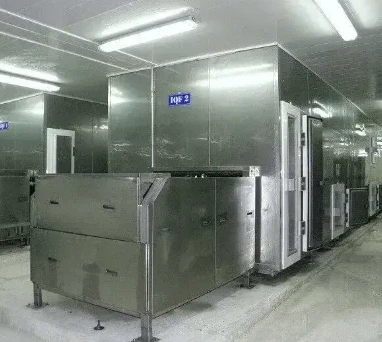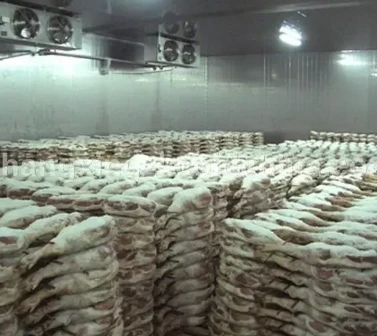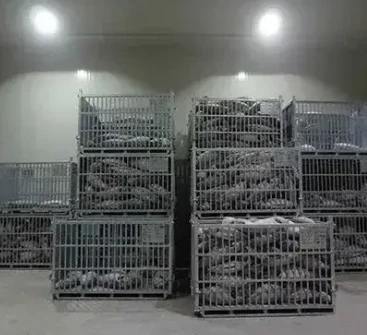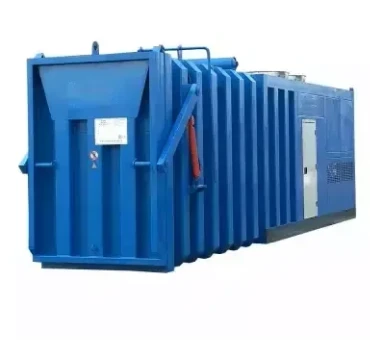Cooling Room(Coolingroom)
Cooling rooms play a vital role in various industries, offering controlled environments to preserve and extend the shelf life of perishable goods. These specialized facilities are designed to maintain specific temperature and humidity levels, ensuring optimal conditions for storing items such as food, pharmaceuticals, and floral products. In this comprehensive guide, we will delve into the intricacies of cooling rooms, exploring their functionality, benefits, and applications.
At its core, a cooling room is a storage facility equipped with refrigeration systems to regulate temperature and humidity. These rooms are commonly used in industries where precise climate control is essential to preserve the quality and integrity of products. The ability to maintain consistent conditions helps prevent spoilage, bacterial growth, and other forms of deterioration, ultimately prolonging the freshness and usability of stored items.
One of the primary advantages of cooling rooms is their versatility. They can be tailored to accommodate the specific requirements of different products, whether it be the low temperatures needed for meat and seafood or the higher humidity levels preferred for fruits and vegetables. By customizing the environment to suit the needs of various goods, businesses can ensure optimal storage conditions and minimize losses due to spoilage or waste.
In addition to preserving freshness, cooling rooms also play a crucial role in maintaining safety and compliance standards. In industries such as food and pharmaceuticals, strict regulations govern the storage and handling of perishable items. Cooling rooms help businesses meet these requirements by providing a controlled environment that meets hygiene and safety standards, reducing the risk of contamination and ensuring product integrity.
Moreover, cooling rooms contribute to enhanced efficiency and cost-effectiveness in supply chain management. By extending the shelf life of perishable goods, businesses can minimize the frequency of replenishment orders and reduce the risk of excess inventory or stockouts. This optimization of inventory management leads to improved profitability and resource utilization, making cooling rooms a valuable asset for businesses operating in competitive markets.
The applications of cooling rooms span across various industries, each with its unique set of requirements and challenges. In the food industry, cooling rooms are indispensable for preserving the freshness of produce, dairy products, and frozen foods throughout the supply chain. Similarly, pharmaceutical companies rely on cooling rooms to store temperature-sensitive medications and vaccines, ensuring potency and efficacy until they reach end-users.
In the floral industry, cooling rooms are used to extend the vase life of flowers and foliage, allowing wholesalers and retailers to offer fresh and vibrant products to customers. By controlling temperature and humidity, cooling rooms help prevent wilting and decay, prolonging the aesthetic appeal and marketability of floral arrangements.
In conclusion, cooling rooms are essential facilities that play a crucial role in preserving the quality, safety, and freshness of perishable goods across various industries. From food and pharmaceuticals to floral products, these specialized storage environments offer precise climate control, ensuring optimal conditions for storage and transportation. By investing in cooling room technology, businesses can enhance efficiency, reduce waste, and meet regulatory requirements, ultimately driving growth and competitiveness in today's dynamic markets.






